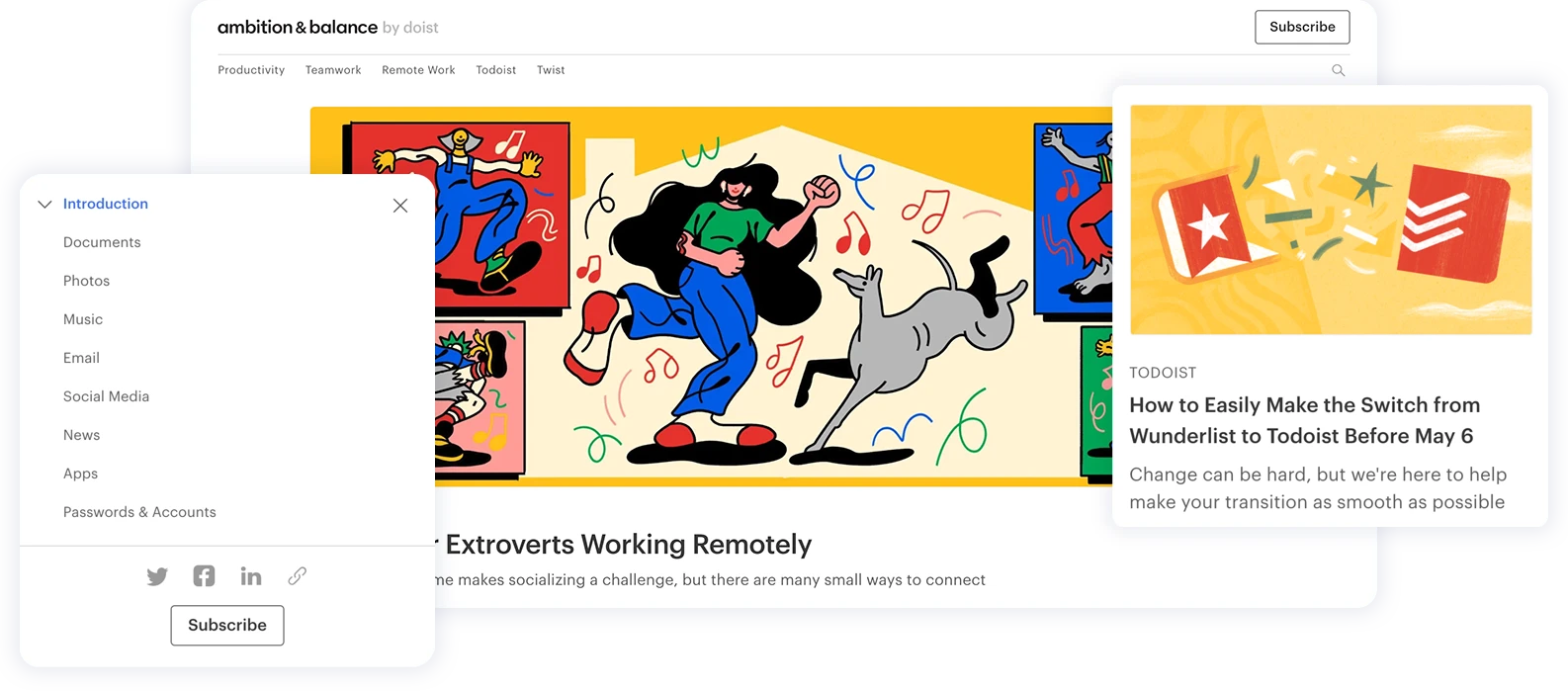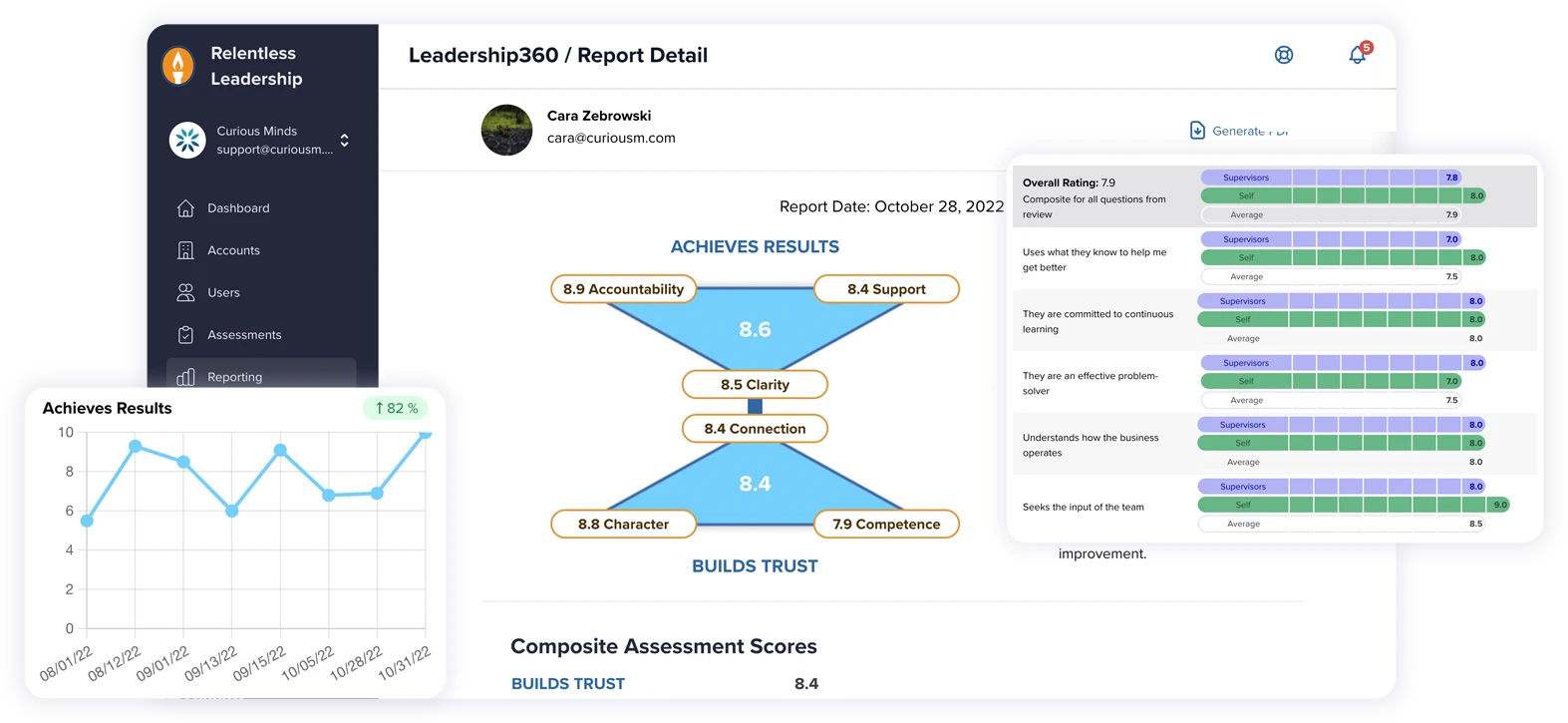We’ve all taken steps to reduce our environmental impact in recent years. Our homes are filled with metal straws and reusable shopping bags. Some of us are participating in Plastic free July. But what about your website? Have you ever thought about what steps can be taken to reduce your online environmental impact?
The Demand for Green
We’re discovering new sources that are contributing to our environmental impact every day, and that includes websites. Websites contribute in a few different ways. First, they contribute via the devices we use to view them. We need a device to look at a site, whether it’s a phone, tablet, or computer. In short, we need stuff to look at stuff. And stuff needs to be built, and then shipped to us. Some of that stuff requires mined materials, and it all requires some type of packaging. In short, our stuff needs stuff, and acquiring materials for said stuff is at times extremely harmful to the environment.
We also need to include data centers to our environmental contributions. Data centers are paramount for our connected, streaming lives. Data centers use electricity to power their computer systems to process, distribute, and store data. And as anyone who’s ever had a laptop on their lap for too long knows, computer systems get hot, which requires on-site cooling equipment to keep them from overheating. All of these requirements use an enormous amount of energy, approximately 2% of the world’s energy, and contribute to 2% of all CO2 emissions. That’s the equivalent to the entire world’s airline industry.
But this doesn’t mean we should immediately shut down our websites, get rid of all of our electronics and go live in the woods, clad in animal skins and sleeping under the stars. We can help reduce our impact without resorting to drastic measures.
Use an Environmentally Conscious Hosting Provider
Websites need hosts. Despite this need, there’s not a lot of demand for green web hosting just yet. As we become more aware of all of the aspects of our environmental impact, expect this to gain more traction.
Here at Curious Minds, we generally recommend WPEngine to our clients. It just so happens to be more environmentally savvy than other hosts. WPEngine has partnered with Google Cloud and AWS (Amazon Web Services), to offer managed web hosting. So, how does all of this make WPEngine a sustainable host? It’s about the energy. Google made the pledge to only use renewable energy sources back in 2017, and to be carbon free by 2030. AWS has also vowed to use only renewable energy. Their sustainability commitments make WPEngine, by default, more sustainable than other web hosting companies.
The number of sustainable web hosts is growing, giving you more options. You still have to do a little bit of searching to find what works best for your website, but it isn’t an insurmountable task. You’ll also want to make sure your selected host lists specifics, or readily has information available detailing their environmental practices. It’s easy to say you’re a green company without having to prove it, so make sure someone is actually holding true to those practices.
Make Your Site Fast and Mobile Friendly
A slow loading site, or one that responds poorly on a mobile device uses more electricity. More electricity means more heat, which means a higher energy usage, and more carbon emissions from data storing centers. Maintaining your site’s speed and optimization should be a priority anyway. A faster site generates more traffic, ultimately generating more revenue for you.
Individual Steps
What can you do to make your own personal usage more friendly? Here are some questions to ask yourself, and continue your journey towards being more environmentally responsible.
Do You Need to Google that? I grew up running to our shelf of encyclopedias (remember those?), because “look it up,” was usually the response when I asked a question. Of course I use Google to figure something out! And there’s nothing wrong with looking up information. But if you’re using Google to search for one of your most visited websites to, say, read some of your emails, or shop, you’re actually using more energy than it would take to just go directly to that website.
Excessive Emails Think of all the emails we subscribe to, but never open. How many emails go directly to our trash folders. I currently have 1,097 emails in trash. Every email sent is a little more electricity used, a little more needed storage, and a little more generated CO2. Unsubscribe to that business who sent you some free thing you wanted that one time but never used. You’ll reduce your energy usage, and streamline your inbox.
Download Instead of Streaming Who doesn’t love watching a movie or show while relaxing? My latest show is a flower arrangement competition (It’s thrilling, and so pretty!). Instead of streaming, try downloading for your viewing pleasure. Downloading saves energy, and should you ever find yourself without wifi, you’ll still be able to binge watch to your heart’s content.
Unplug Your Charger Seriously, unplug it. Unplug your phone. Unplug your tablet. If everything is fully charged, there’s no need to keep them plugged in. You’re not damaging the battery by maintaining the charge, but you are still using electricity. Save yourself from money from phantom energy usage and reduce carbon emissions at the same time.
What Else Can We do to Offset Our Carbon Emissions?
There are numerous ways to offset our own emissions, and reduce what we’re already putting out. It’s easier than you think, especially by adopting some of the steps above. Making your website more sustainable is another subtle way to reduce and offset. Repairing or reusing something, instead of replacing it, or shopping more locally all contribute to emission reduction. We’re not giving anything up or making any major lifestyle changes; we’re just adapting to a more sustainable lifestyle.



















